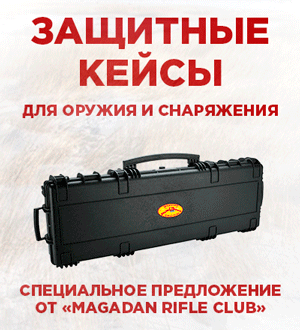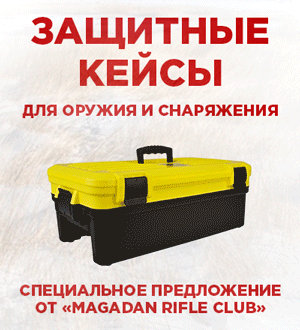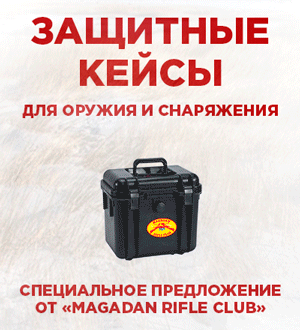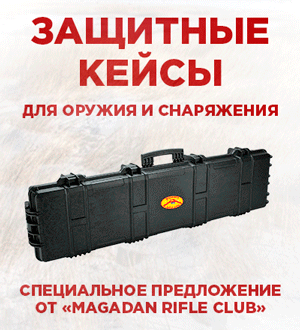Posted on August 18, 2017
Shooting ducks in autumn
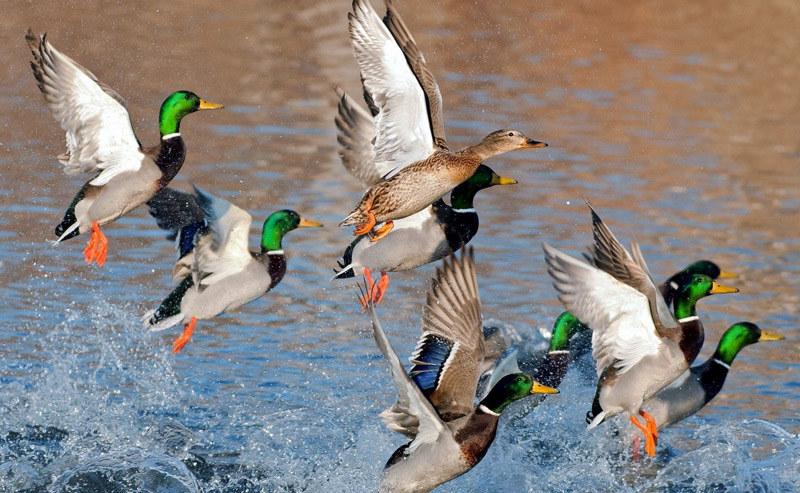
Hunting for ducks is a painstaking task, requiring careful preparation. Traditionally for this purpose smooth-bore shotguns of small caliber are used. It is important not only to get into the bird, but also to prevent the wounded game. Therefore, you need to know how to properly and which shot is best to shoot a duck in the fall.
In the autumn, the approaching northern duck, having met a “non-greedy” reception, is unlikely to stay long. So indiscriminate shooting will quickly drive out the duck flocks, and after shooting “from the heart” today, for tomorrow the grounds will be empty. Here the shot should be treasured, it’s unnecessary to make no noise, to booty for at least a few days.
Conditionally, it would be possible to divide the shooting of an autumn duck according to the methods of shooting used and the cartridges used, on the morning and on the evening. In light time, and in the autumn the duck can actively move not only in the morning and in the morning, but also throughout the day it is more often necessary to produce long shots both in the sitting and flying wild game.
Obviously, the range of fire in the first place depends on the size of the fraction. How effective will the shot be in this case? First of all, you should pay attention to the accuracy, because the saturation of the hits of the central zone of aiming with a large shot is in inverse proportion to its size.
How to achieve a heap battle – there are a lot of ways, they are all well-known: from the use of increased projectile hinges, the use of containers … before the sprinkling of grains with starch or talc and wrapping the shot with thick paper. But it should be noted here that when a long and heapy shot is needed (over a sedentary duck), it is especially not worth taking a great interest in the increase in the powder charge. Getting an increase in the initial speed of 20-30 m / s already to 40-50 m of the shooting distance will practically disappear, and the accuracy and uniformity of the shot scree will deteriorate noticeably. The productivity of such a cartridge will be lower than with a standard sample of powder, but this refers to the numbers of the fraction from No. 3 (3.5 mm) and larger.
It should be noted that shooting at the dives that are attached to the scarecrows, when a significant part of the duck carcass is under water, a large shot is unproductive. It is more reasonable to use the projectile not larger than the five (3.0 mm), and most importantly, to determine more accurately the range of fire, limited to a maximum of 40 meters.
If we talk about pre-emptions when firing an attack, then it is possible to determine their exact value when the angular velocity of the turn of the arrow-gun system is equal to the lateral displacement of the game. At 30 meters in quietly flying ducks, this is approximately 1.5 meters (side shot, pressing down on the trigger only in the movement of the gun, moving the gun as far as possible only by the work of the hull, saving the sight line). In this case, this value will change at a different value of the shot angle, increase the speed of the leash, decrease or increase the shooting distance. It is also useful to look through the aiming bar of the gun, as this anticipation will look at 30 meters at different angles. One way or another, but from a given value, one should start with the definition of carrying out in front of the target, commensurate with the distance to the game, its flight speed, the speed of the leash, the manner of shooting.
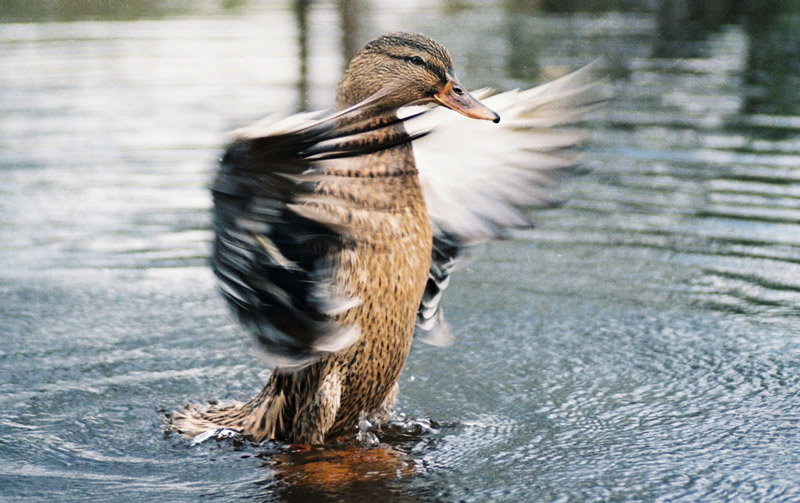
Already at the end of August, and by the middle of autumn, even more so, evening flights for feeding begin almost in total darkness. Duck plaque is quite “unexpected” in the field of vision, and the ability to produce a shot – the time from the force of 2-3 seconds. Here, a heap cartridge is not needed, and the distance, when a duck can be seen, is not that great. There is no need for a large fraction, No. 5, and even the “seven” (2.5 mm) will do fine.
In the evening, the hunter does not see a fly or an aiming bar, only the outline of the gun’s shoe allows precise directing of the shot into the dark silhouettes of ducks barely discernible in the gray autumn night sky. And there is no way to check whether the fly is correctly sitting on the bar, “it did not fail”, whether the shooter directed the charge on top, “slightly opening” the aiming bar. Only an accurate jump from different positions will ensure the correct position of the gun in the shoulder and, as a rule, a productive shot.
A pledge of successful shooting in low light conditions, aiming with two eyes open – that is not such a difficult thing, a little persistence, and the throw will go exactly to the desired point, as with the left eye closed.
Be sure to remember the safety of shooting, especially in the dark, when a rash shot can not only spoil all the hunting, but also end in an accident!
Despite the darkness, visually try to notice the approach of the game and be ready for a quick rush of the gun, and the silhouettes of the ducks, if viewed with two eyes, will not “disappear”, which happens when aiming with one eye, and you will be able to direct the shot at the target. Long shots are more likely to be an exception than the rule, and a gun with a moderate accuracy and a uniform scree (a narrowing of 0.5 mm, and maybe 0.25 mm) will be just right.
Of course, in different areas hunting conditions can vary considerably. It happens that the approaching northern duck behaves much calmer than the local one at the opening, and the shooting will be very simple. But quite often the hunter has to try to dislodge the trophy from the flocks passing not only high, but very high, and in addition at high speed.
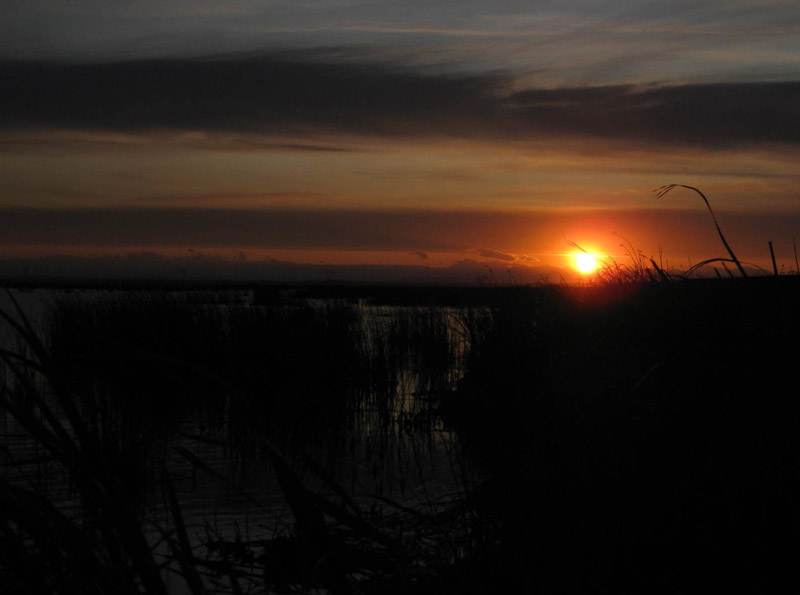
Always relevant shooting with a shortened leash, something close to a shot off the hook. Such shooting not only claims a certain universality, but it is also very productive, but it requires good preparation and, as mentioned above, the ability to shoot with two eyes open, which, however, has never been a hindrance for any firing shot and bullet. In addition, the synchronized work of the left arm and the arrow body, where the hand is given the control role by the lumbar and shoulder sections of the body of the shooter, but at the same time a strict fixation of the position of the left arm relative to the line of the shoulders and the face of the arrow, will be a good help.
Which shot is better to shoot
Modern ammunition uses smokeless powder. Its potential power is much higher than that of the classic one. Therefore, most of the old literature devoted to duck hunting does not fit modern realities. Unlike most other types of prey, birds are characterized by great survivability – even a severely wounded bird can escape from the pursuer.
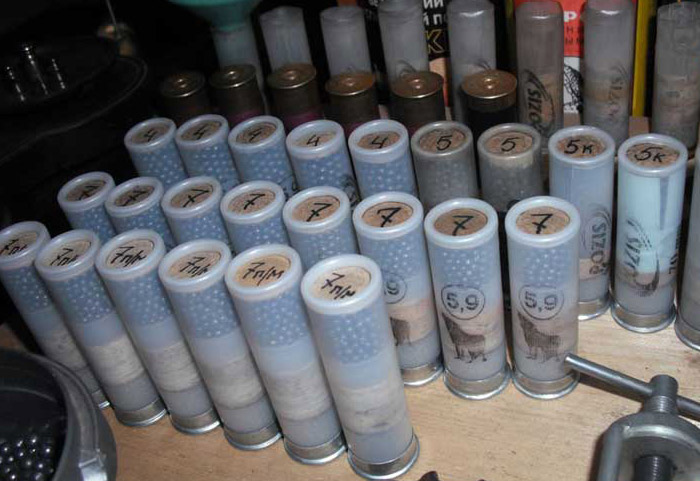
When choosing ammunition, consider the following:
- The minimum speed of the pellets is 200 m / s;
- It is necessary to use a tight powder lining, a thickness of at least 3 mm;
- Accuracy – in a duck should get from 6 to 8 pellets to achieve the desired effect;
- The optimal range of fire – up to 30 meters.
Experienced hunters carefully approach the selection of the fraction number. Even before the official opening of the autumn season, they are preparing ammunition. And their kind directly depends on the time of hunting – in the beginning of autumn, middle or end.
The optimal number of fractions for effective duck hunting varies from # 4 to # 7. They are chosen depending on the size of the production and the season. These modern numbering, for old ammunition it is reduced by 1 and, accordingly, is 3-6.
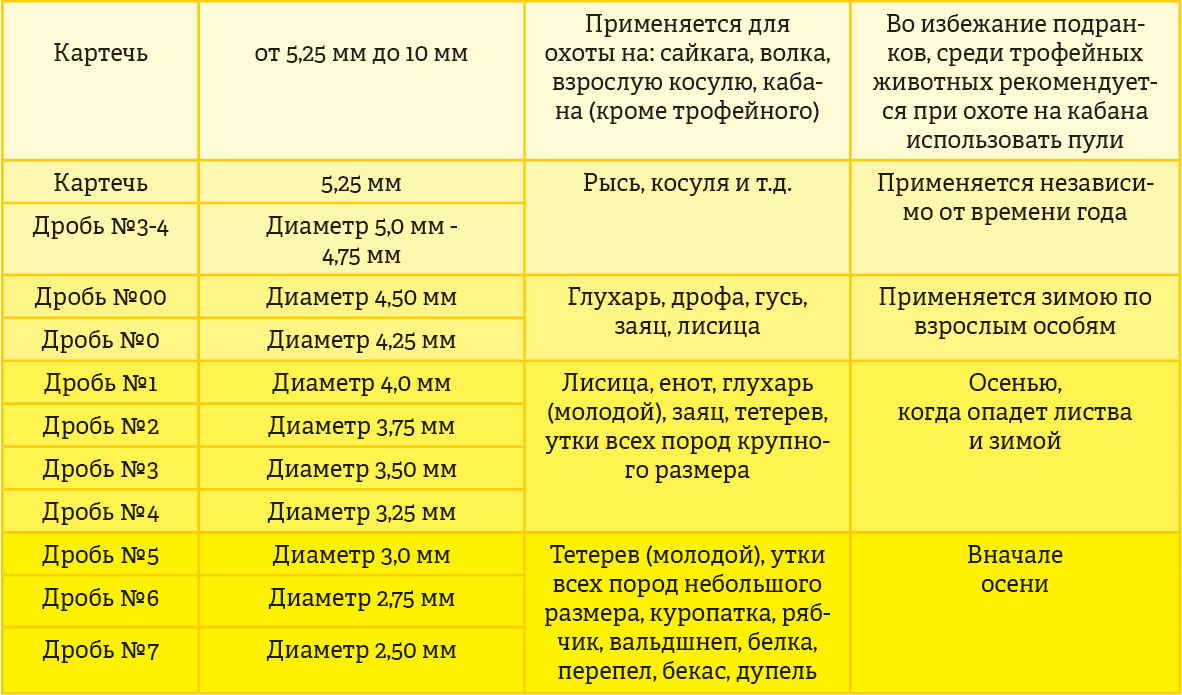
Some useful recommendations:
- At the beginning of the season, you can use the minimum number 7. Duck allows you to approach a short distance, which increases the accuracy and killing of the ammunition.
- In the middle, it is necessary to move to a larger size – No. 6 or No. 5. In this case, a cartridge with an increased content of propellant is used to increase the lethal force.
- By the end of the season the duck will take off already at a distance of 40 meters and further. Therefore, it is necessary to count on aiming shooting with a large shot number 4. But in this case the accuracy of the charge will decrease significantly.
In many ways, the choice depends on the degree of professionalism of the hunter and the characteristics of the gun. This should also be taken care of in advance – perform periodic bench exercises, check the quality of weapons. Have a good hunting!



